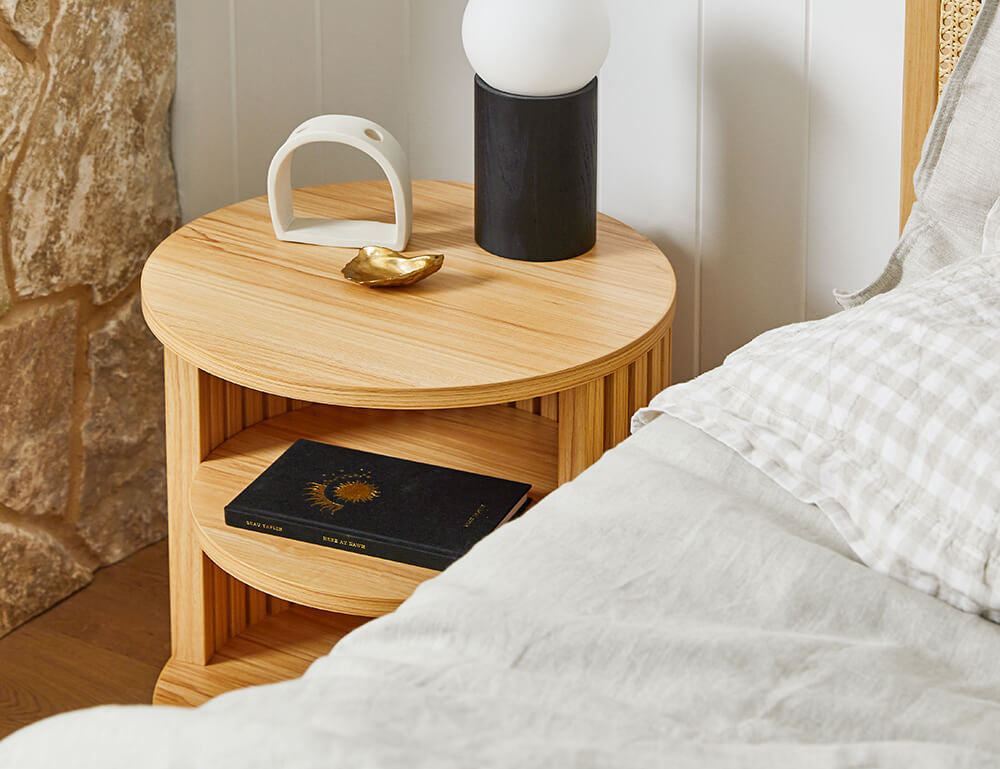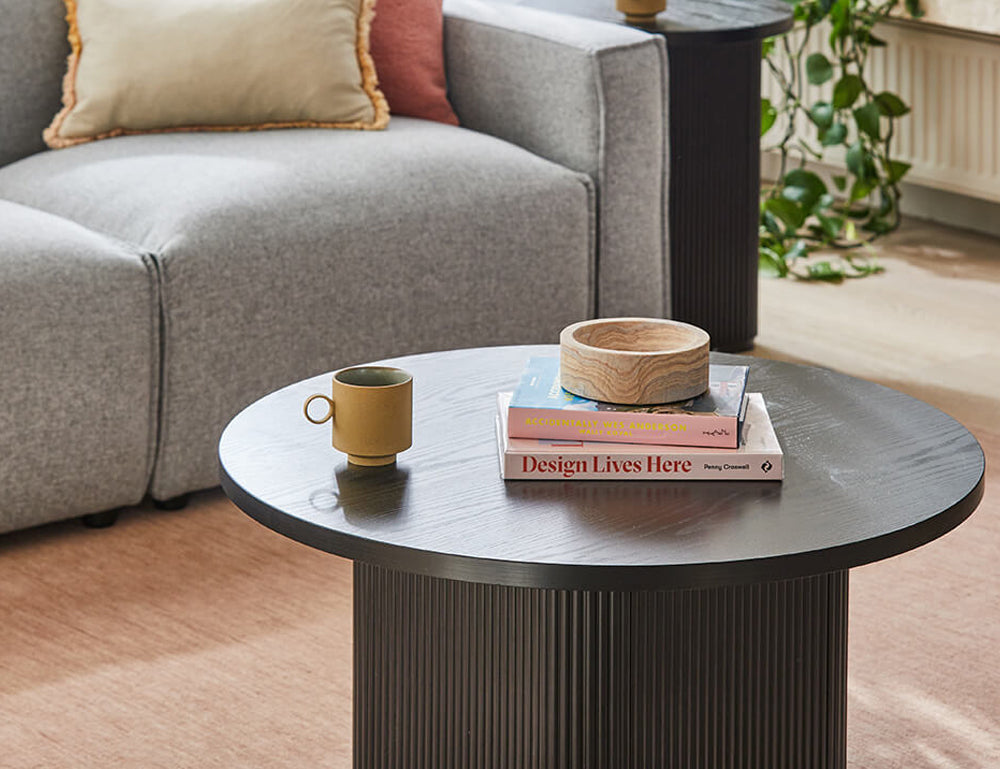Mattresses are an essential element when it comes to a good night’s sleep. That is why it is so important to choose the right mattress. However, caring for your new sleep partner is just as critical. Here are some valuable tips to help you ensure that your mattress remains comfortable for as long as possible!
First Things First
When you first receive your mattress, it is essential to start things on the right foot! Transportation can take a toll on your sleeping surface, so as eager as you may be to try your new mattress, we recommend letting it ventilate for at least eight hours before jumping on the bed, preferably with a window open and no bedding. It will help improve the airflow and reduce the chance of moisture getting trapped. Ideally, you should air your mattress either on the same day or the next day after receiving it. This step will also help remove any unpleasant odours left from the packaging.
Rotate Your Mattress Regularly
Most people tend to sleep on the same side of the bed every night, with each partner having their own sleeping habits. As a result, mattresses tend to age much faster on the part used every night, especially on the heaviest person’s side. You can help improve the longevity of your mattress by rotating it regularly to even out the possibility of settlement and prevent indents in the sleeping areas. If possible, flip your mattress every month and rotate it every other month, or rotate it every month if you cannot flip it.
Choose a Strong Base
Your mattress will stay in shape longer if you choose a strong base. Choosing the right bed will give you the kind of support. We recommend picking a bed frame with a sturdy central part, such as supporting pillars in the middle, to prevent the bed from sagging and damaging your mattress. A slated design with slates no more than 7cm apart can also improve the airflow under your mattress and prevent the humidity from getting trapped under the mattress, which may cause mould in the long run.
Use a Mattress Protector
Using a mattress protector is essential to protect your mattress from getting dirty and unhygienic. A waterproof protector will prevent lasting consequences in case of spillage, but also from any issues due to the oil in your body or perspiration from settling into the mattress, which could make your cosy mattress a bacteria playground. Do not forget to clean your mattress protector regularly to ensure it remains effective.
Change Your Bedding Regularly
Crisp, clean bed linens are wonderful to sleep in, but they can also be a huge help to ensure the longevity of your mattress – one more reason to give the washing machine a good workout. Wash your bedding at least weekly on hot to kill bacteria and remove dust mites, and remove soiled bedding immediately to prevent the humidity from settling in.
Adopt a Cleaning Routine
Clean bed sheets and a mattress protector can do wonders when it comes to keeping your sleeping area fresh and comfortable. However, you can help your mattress last even longer by going the extra mile if you give it some extra love and attention during your cleaning routine. Vacuum under your bed every month to prevent the dust from settling. You may even want to use your vacuum’s upholstery attachment on your mattress itself, including the sides, to remove dust mites. Finally, blot any stains using a gentle cleaner and a clean cloth in cold water, taking care not to soak through the mattress. Make sure that it is thoroughly dry before putting back your bedding and mattress protector. Finally, we recommend sprinkling your mattress with baking soda and letting it soak for a few hours before vacuuming it using the upholstery attachment if you notice any nasty smells.
Is it Time to Change your Mattress?
If your mattress is getting uncomfortable, it may be time to invest in a new one, or it may not be the right fit for you. However, if your mattress is brand new, you may want to leave time for your body to adjust to this big change: it may take up to three months to adjust properly. On the other hand, if you have had your bed for seven to ten years without any issues and are suddenly having trouble finding sleep, it may be time to go shopping.











